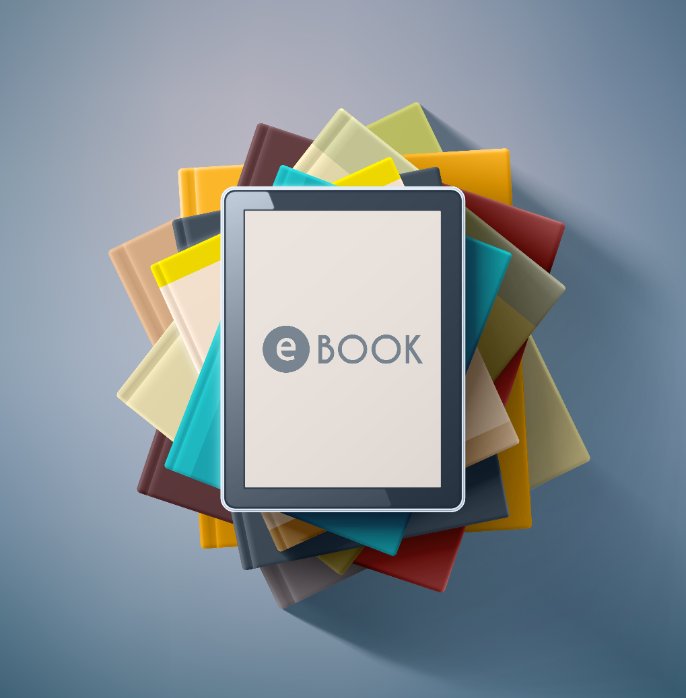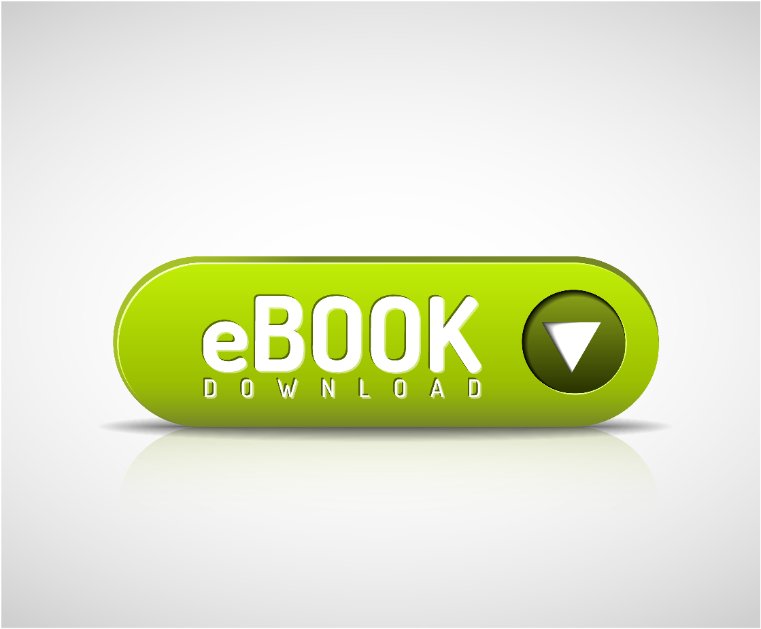
Writing a book may not be the first thing businesses think of when developing a strategic marketing plan. But in today’s competitive marketplace, writing a B2B book (or a B2B e-book) can be an effective way to demonstrate thought leadership and fuel business growth. In addition to establishing credibility as an expert in your field, books create valuable PR opportunities for your brand. Books are also excellent lead-generation and sales tools and can even provide additional revenue streams. Because their long-form content contains a great deal of useful information, e-books create a bank of material for multi-channel promotion and repurposing.
As readers increasingly move to the digital space, e-books offer an excellent opportunity for individuals and businesses to reach their target audiences with valuable information delivered in a convenient format. E-books also circumvent the long and complex process that is associated with traditional print publishing and give authors and brands total control over content, format and distribution.
6 Do’s and Don’ts for B2B E-book Success

An e-book is an endeavor that requires multiple skill sets, time and commitment. Whether considering a B2B e-book on its own or an electronic version of a print book, remember these six essential do’s and don’ts.
- Do provide value to the reader through actionable insights. E-books offer ample space and flexibility to balance foundational information with detailed expertise that readers can put to use in their personal or business lives. A well-crafted e-book is written and designed with the reader in mind. It showcases your value proposition and demonstrates expertise without being self-serving. To achieve this, focus on the reader and the reader’s journey. To provide value, ask yourself: What pain points do your target audiences have? What solutions do you offer the reader? What actionable steps can you provide?
- Do use an attractive, interactive and navigable design. A readable design is central to delivering your insights to readers. This becomes even more important when the content is complex, extensive and highly detailed. A design that is easy to read and navigate will help readers understand and tackle complicated concepts. Compelling graphics help disseminate information, create a more pleasurable reading experience and support brand identity. Consider design elements such as color scheme and overall structure and incorporate a variety of visuals such as charts, graphs, infographics, photos, illustrations and video. If you do not have a designer on your team, consider enlisting the support of a graphic artist who understands your brand. Another great option is a pre-designed template, which is available from well-known creators such as Venngage, HubSpot and Adobe InDesign. Pew Research shows that the majority of Americans read e-books on tablets and smartphones, so it’s also important to ensure that your e-book is optimized for mobile devices.
- Do promote and optimize e-books on the channels your target audiences use. One major appeal of e-books over their print counterparts is the ease and low cost of distribution. There are many channels that support e-book visibility. First, start by promoting it strategically through your own website. Leverage social media and email to share your book with your professional network and targeted lists. Some publishing platforms offer targeted distribution options. Examples include Kindle Direct Publishing, Barnes & Noble Press, Draft2Digital or Scribd.
- Don’t shy away from complex topics. An e-book is an ideal format for exploring complex topics that require more time and space than a blog or an article. Think of e-books as a wide-angle lens. Typically ranging from 20-200 pages in length, e-books explore a topic in breadth. They take a broad concept and cover many facets of it. The purpose is to explore all angles of a concept for in-depth and complete understanding.
- Don’t forget B2B readers still want a story. While B2B purchase decisions are often based in logic, expertise and professionalism, the buyers behind these purchases are still people who respond to content that is emotionally resonant. Emotional resonance doesn’t have to mean dramatization or flashy B2C tactics. Storytelling in B2B e-books shows the human side of your company and business activities. Address client challenges through real-life narratives, testimonials and customer success stories. In addition to a humanized connection, storytelling helps readers clearly envision your value proposition.
- Don’t miss out on vital data. An e-book addressing reader challenges is a vital lead generation tool. It is important to build in data collection into the development and distribution process. Website landing pages are a common practice to create a “home” for the e-book to live and be distributed from a central location. A landing page can include a lead capture form that requires readers to provide contact information. This allows organizations to easily collate demographic, industry and contact information about readers. This data can create a clear picture of readership for marketing teams and enable lead generation for sales.
E-books Propel Organizational Growth

When experts showcase thought leadership through targeted content, they facilitate new connections with target audiences based on valuable insights. When they go the extra mile to collect and optimize that content in a centralized e-book, their leadership in their marketplace is affirmed through actionable advice. E-books offer the opportunity to engage target audiences with an in-depth exploration of expertise balanced by compelling storytelling. While writing, developing, distributing and promoting a B2B e-book requires an investment of time and resources, the outcome can transform your business and thought leadership.
